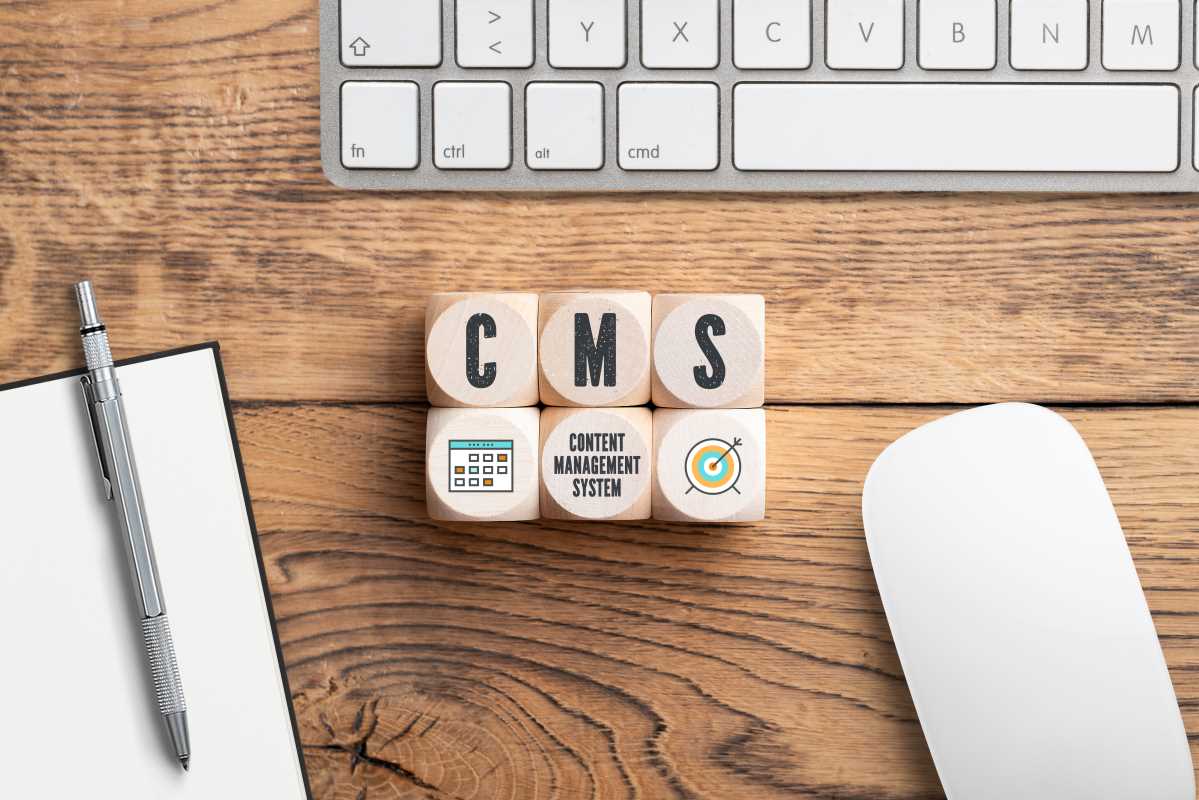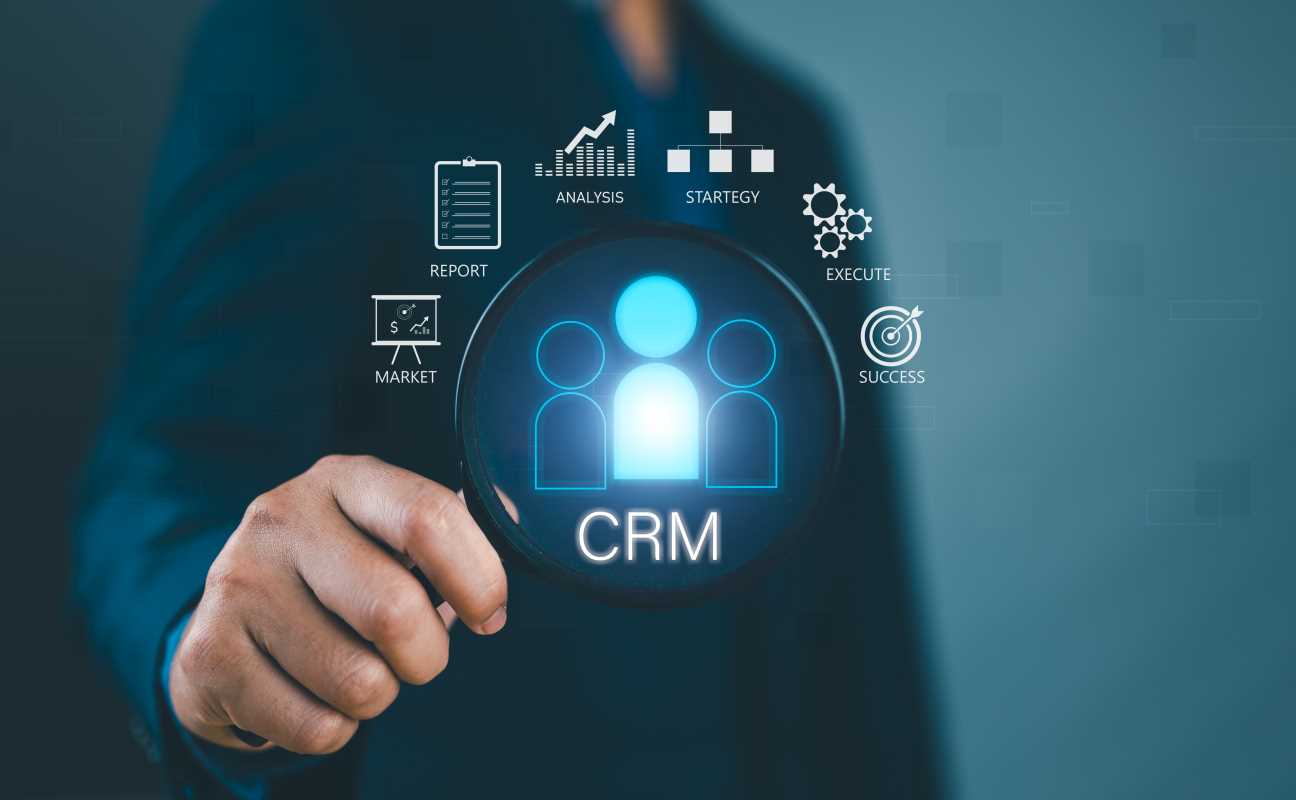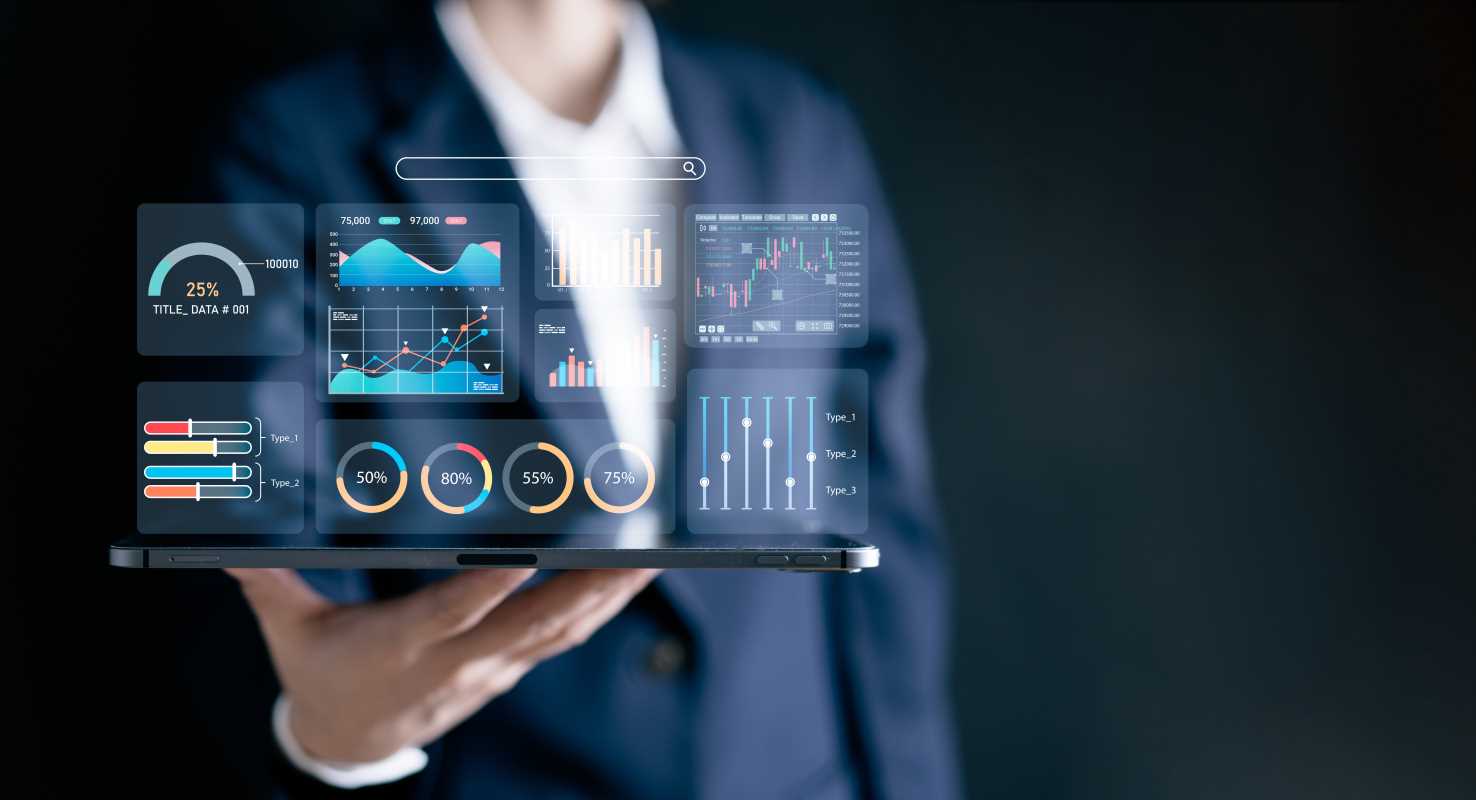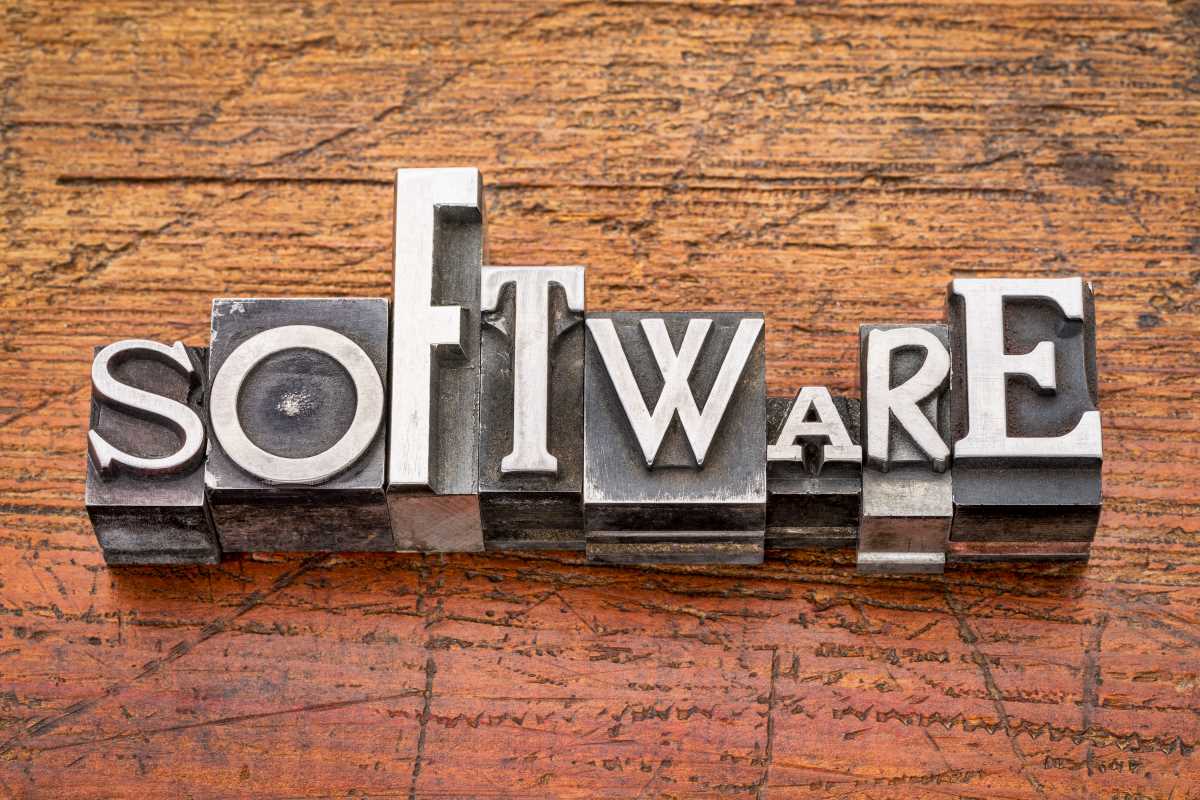Imagine you've spent hours crafting the perfect blog post. Now, you need to publish it on your website. But you also need to reformat it for your mobile app, create a summary for your smart speaker's daily briefing, and pull key quotes for the display screen in your physical store. With a traditional Content Management System (CMS) like WordPress, this process is clunky and manual. Each of those destinations requires its own separate effort because the content (the "body") is permanently attached to its presentation layer (the "head"). Now, what if you could write your content once and have it instantly available to be displayed perfectly on any device, anywhere, at any time? That is the promise of a headless CMS. This approach decouples your content from its final presentation, creating a flexible, future-proof system. For marketers, this isn't just a technical upgrade; it's a fundamental shift that unlocks new levels of speed, personalization, and creative freedom to deliver content wherever your audience may be.
What is a Headless CMS?
To understand what a headless CMS is, it helps to first understand how a traditional CMS works. A traditional, or "monolithic," CMS like WordPress or Drupal bundles everything together in one package. It has a backend where you create and manage your content (the "body") and a frontend where that content is displayed, usually as a website or blog (the "head"). The content and its design are tightly coupled. You write a blog post in the backend, and the CMS uses a specific theme to render it as a webpage. This is simple and effective if your only goal is to run a website.
A headless CMS completely changes this model by cutting off the "head." It is a backend-only content management system that acts as a pure content repository. You create and store your content in the headless CMS, but it has no built-in frontend or presentation layer. It doesn't care what the content looks like. Instead, it makes the content available to any frontend system through something called an Application Programming Interface (API).
Think of it like this:
- A traditional CMS is like a restaurant that only serves its food on one specific type of plate.
- A headless CMS is like a kitchen that prepares the food and then lets delivery drivers (APIs) take it to be served on any plate, bowl, or takeout container the customer wants.
This separation means developers can use modern frontend frameworks (like React, Vue, or Angular) to build fast, beautiful, custom experiences—websites, mobile apps, smartwatch notifications, digital kiosks, VR experiences—and pull the exact content they need from the headless CMS.
The Advantages of Going Headless
Switching from a familiar traditional CMS to a headless approach might seem complicated, but the benefits for a modern marketing team are significant. It's about gaining flexibility, speed, and control over the entire customer experience.
1. True Omnichannel Experience
Your customers interact with your brand across a huge number of touchpoints. They might see an ad on Instagram, visit your website on their laptop, check your mobile app on the go, and ask their smart speaker a question about your product. A headless CMS allows you to deliver a consistent and connected experience across all these channels.
Because the content is centralized, you can update a product description or a promotional banner once in the CMS, and that change will automatically populate everywhere. This ensures brand consistency and saves your team from having to manually update content in a dozen different places.
2. Unmatched Flexibility and Speed
In a traditional CMS, marketers are often limited by the pre-built themes and templates. Making significant design changes can require deep technical knowledge and can be slow and risky. A headless architecture gives your frontend developers complete freedom to build whatever they can imagine. They are not constrained by the CMS's presentation layer.
This separation also means teams can work independently and faster. The content team can be creating and updating marketing campaigns in the CMS at the same time the development team is building a new mobile app, without getting in each other's way.
3. Improved Website Performance
Slow-loading websites are a major cause of high bounce rates and poor search engine rankings. Traditional CMS platforms, with their bulky themes and plugins, can often be slow and bloated.
Frontends built to work with a headless CMS often use modern technologies that are optimized for performance. These websites, known as "Jamstack" sites, can be incredibly fast because they are pre-built and served from a Content Delivery Network (CDN). This results in near-instant load times, a better user experience, and a significant boost to your SEO efforts.
4. Future-Proof Your Content
Technology changes fast. A few years ago, marketing for a smartwatch or a virtual reality headset wasn't on anyone's radar. What will be the next big channel? With a headless CMS, it doesn't matter.
Because your content lives independently from any specific technology, you are ready for whatever comes next. When a new device or platform emerges, you don't have to rebuild your entire CMS. You simply need to build a new frontend for that device and connect it to your existing content repository via the API. This makes your content strategy far more adaptable and long-lasting.
How a Headless CMS Empowers Marketers
This shift might sound developer-focused, but it directly benefits marketers in their day-to-day work. It's about removing technical bottlenecks and enabling greater creativity.
- Launch Campaigns Faster: Marketers can create all the content for a new campaign—landing pages, emails, social posts, app notifications—and have it ready to go. Once the content is in the CMS, developers can pull it into the various frontends, allowing for much quicker campaign launches.
- Personalization at Scale: With a headless setup, it's easier to deliver dynamic, personalized content. You can combine content from the CMS with data from a CRM to show a unique homepage banner to a returning customer or display different product recommendations based on a user's browsing history.
- More Control, Less "Ask a Dev": While the initial setup requires developers, many headless CMS platforms have user-friendly interfaces that give marketers a lot of control. Some even offer visual editors or page-building tools that allow marketers to create and edit landing pages without needing to write any code, giving them the best of both worlds.
Popular Headless CMS Platforms
The headless CMS market has exploded in recent years. While they all share the same core principle of separating content from presentation, they differ in their features, ease of use, and target audience.
Contentful
Contentful is one of the leading players in the headless space. It’s a powerful and flexible platform trusted by large enterprises like Spotify and WeWork. It’s known for its excellent user interface and robust tools for organizing content into reusable "blocks," which makes it easy for marketers to build pages.
Sanity.io
Sanity is a platform for structured content that is highly developer-friendly. Its standout feature is Sanity Studio, an open-source, real-time collaborative editing environment that can be completely customized. This makes it a great choice for teams that want to build a truly bespoke content management experience.
Strapi
Strapi is the leading open-source headless CMS. Because it's open-source, you can host it on your own servers, giving you complete control over your data and code. It’s highly customizable and has a vibrant community that contributes a wide range of plugins to extend its functionality.
Storyblok
Storyblok stands out with its real-time visual editor. It gives marketers a live preview of the content they are editing, bridging the gap between a headless backend and a traditional CMS experience. This makes it a popular choice for teams who want the benefits of headless without giving up the user-friendliness of a visual page builder.
 (Image via
(Image via





